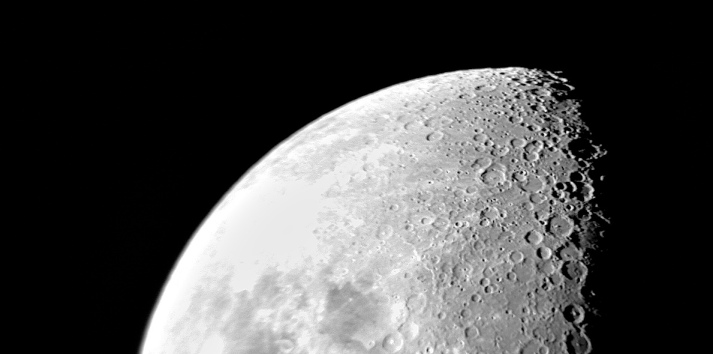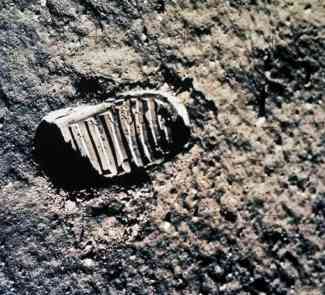NASA will look to the private sector for support for a future manned mission to the Moon, as well as to exploit the resources on the lunar surface.
The moon has a series of resources that are extremely valuable for the most important economic vectors on Earth right now. Despite the fact that man hasn’t stepped on the lunar surface since Apollo 11 landed on 20 July 1969, NASA is convinced that the resources of our satellite need to be investigated in greater depth. But, since Barack Obama curbed the space programme because he considered it too costly, the agency has decided that the best way to move ahead is for private companies to exploit the Moon’s resources.
The initiative was announced in January, and it proposes to allow private companies to take advantage of NASA’s knowledge, as well as its engineers and installations, in order to build lunar robots. Some of the more recent missions to the lunar surface have discovered evidence of water and other substances that could be useful.
But there is still a lot of exploration to be done before any solid conclusions can be drawn. To do this, NASA needs more information, and the US government isn’t willing to put up the money for it, at least for now. This means that the financing will have to be found in private companies. But this won’t be done through Silicon Valley-type investments; the companies that work with NASA will receive reward enough by having access to the Moon to take advantage of its resources.
The space agency is already working with different companies to build and design tools and devices, but this work has been limited to the confines of the Earth. So far, no private company has extended its collaboration beyond the stratosphere. In 2013, NASA tested the waters with an agreement with Bigelow Aerospace to design a lunar base. This first test to involve the commercial sector in the exploration of the Moon was successful, and the agency has expanded the programme. It is even considering having the private sector organise the next manned trip to the Moon, with NASA’s participation.
The lunar surface has extremely valuable resources that could spark the interest of some industries on Earth. The reserves of helium 3 are one example; this material is scarce on earth, but has great potential as a fuel for nuclear fusion. There are also 17 chemical elements with growing demand, especially for consumer electronics, that are found on the lunar surface.
Image: Wayne Large









